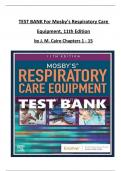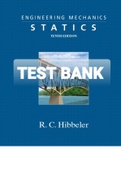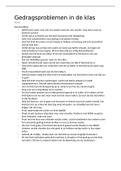Exam (elaborations)
TEST BANK For Mosby’s Respiratory Care Equipment, 11th Edition, by J. M. Cairo, Verified Chapters 1 - 15, Complete Newest Version
TEST BANK For Mosby’s Respiratory Care Equipment, 11th Edition, by J. M. Cairo, Verified Chapters 1 - 15, Complete Newest Version TEST BANK For Mosby’s Respiratory Care Equipment, 11th Edition, by J. M. Cairo, Verified Chapters 1 - 15, Complete Newest Version TEST BANK For Mosby’s Respiratory...
[Show more]





